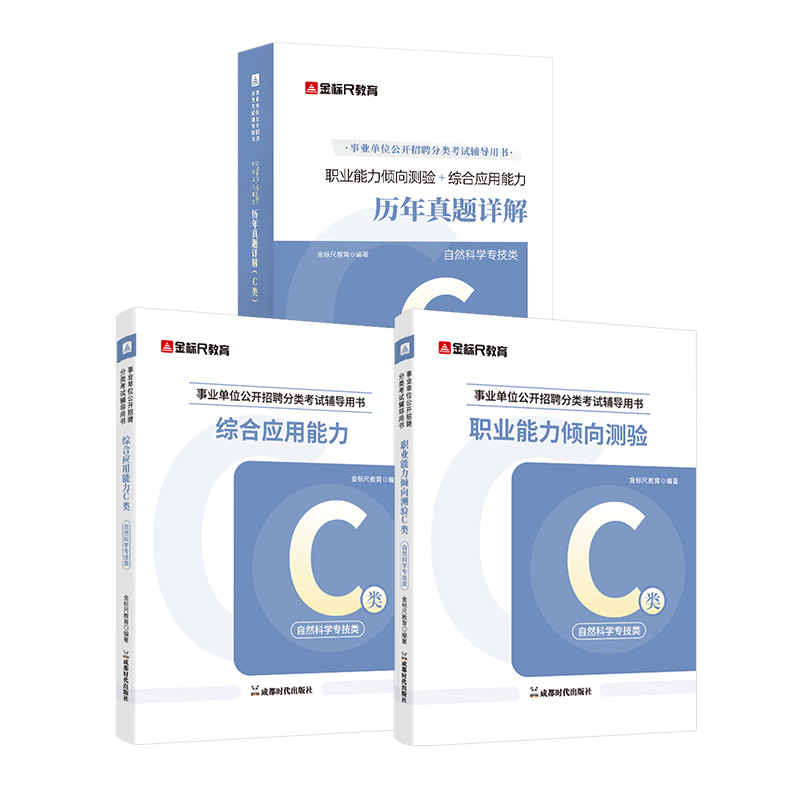【高频考点18】 反意疑问句 ★★
反意疑问句由两部分组成,前面是陈述句,后面是简短问句,如果前面是肯定句,后面一般为否定句,如果前面是否定句,则后面为肯定问句。
1. 当陈述句部分含有no, never, seldom, hardly, few, little, nothing 等否定词时,附加问句用肯定形式。陈述部分的谓语带有否定前缀或后缀时,附加问句仍用否定形式。
Few people know him, do they?
2. 当陈述部分的主句是 everyone, everything, everybody, anyone, anybody, someone,
no one 等不定代词时,其附加问句的主语根据句意选用 he 或 they。陈述部分的主语是something, anything, nothing 等不定代词时,其附加问句的主语一般是 it。
Nobody phoned while I was out, did they?
3. 陈述句是 there be 句型时,附加问句也用 there。
There is no help for it, is there?
4. 陈述部分是主从复合句时,附加问句与主语一致。若陈述部分是“I think/ suppose/believe/expect等 + 宾语从句”时,附加问句与从句一致,但要注意否定转移。
I don’t think that she cares, does she?
5. 陈述部分含有 must 时。
(1)must 意 为“必须”,附加问句用 mustn’t;意为“有必要”,附加问句用needn’t。
You must go home right now, needn’t you?
(2)must表示“一定”等推测意义时,附加问句部分要根据must后的动词形式而定。
You must have seen the play, haven’t you?
6. 陈述部分为肯定的祈使句时,附加问句一般是 will you 或 won’t you;若为否定
祈使句则用 will you 或 can you。以 let’s 开头的祈使句,附加问句用 shall we;以 let us或 let me 开头的祈使句,附加问句用 will you。
Let us have a look at your book, will you?
 地区
地区 考试科目
考试科目 微信
微信

 微博
微博 抖音
抖音 023-67417095
023-67417095





















 点击关注
点击关注











